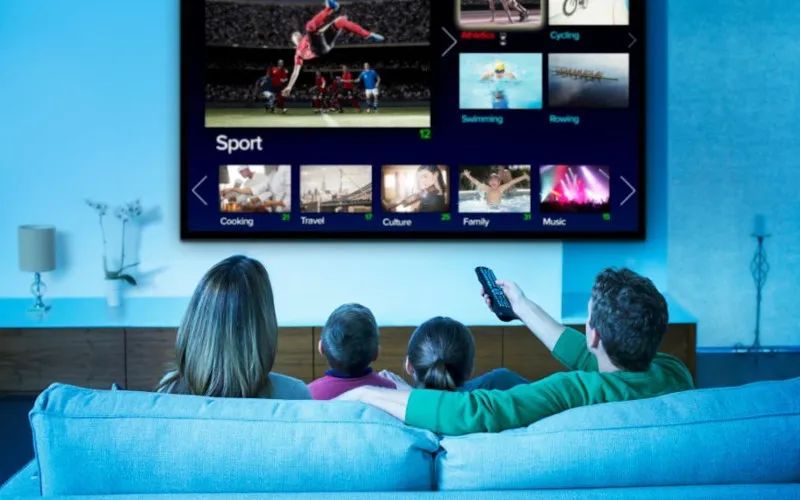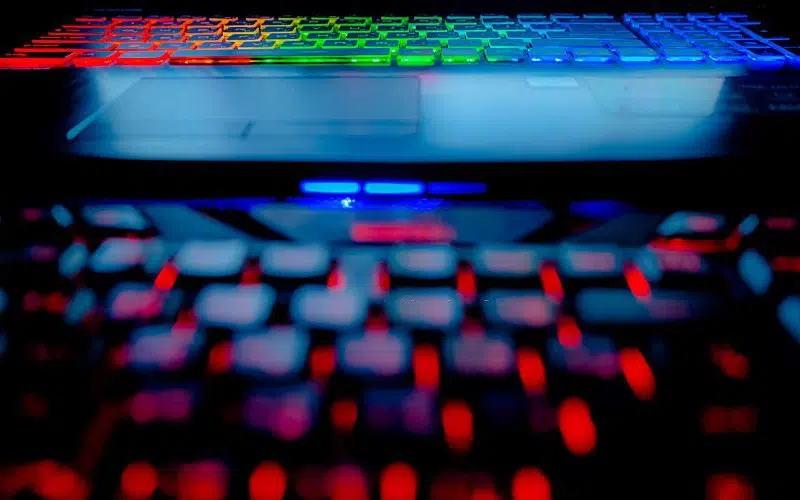Have you ever wondered what makes your TV or computer screen display images and videos? Well, one important component that you may not be aware of is the T-Con board.
In this article, I’ll explain what a T-Con board is, how it works, and its importance in electronic devices. I’ll also cover common problems that can arise with T-Con boards, tips for troubleshooting these issues, and instructions on how to replace a faulty T-Con board yourself.
So, if you’re curious about what goes on behind the scenes of your favorite electronic devices, keep reading to learn about T-Con boards.
What is a T-Con Board?
At its simplest, a T-Con board is a small electronic component that bridges your TV or computer’s main logic board and its display panel. T-Con stands for “timing controller,” as its name suggests. It controls the timing and signal flow of the video images displayed on your screen.
The T-Con board receives digital image data from the main logic board and converts it into an analog signal that can be displayed properly on the screen. It also helps to manage the image quality by controlling brightness, contrast, and color saturation.
T-Con boards are typically found in LCD and LED TVs, computer monitors, and other electronic displays. Without a functioning T-Con board, your device’s display may not work properly or may not work at all.
While the T-Con board may seem small and unimportant, it is crucial in ensuring you can enjoy high-quality images and videos on your electronic devices. In the next section, I’ll explain how a T-Con board works.
How Does A T-Con Board Work?
Understanding how a T-Con board works helps to understand how electronic displays function. When you watch a video on your TV or computer screen, the device’s graphics card sends a digital image signal to the main logic board. The main logic board processes this signal and sends it to the T-Con board.
The T-Con board then converts this signal into analog data that can be displayed on the screen. It does this by controlling the timing and voltage of the image data as it passes through the cables that connect the T-Con board to the display panel.
The T-Con board also plays an important role in managing the display’s image quality. It helps to adjust the image’s brightness, contrast, and color saturation to ensure it’s visually appealing and easy to view.
Additionally, some T-Con boards handle certain advanced display features like 3D rendering and smart TV functions. These more complex T-Con boards may have additional components like microprocessors and memory chips to handle the extra processing power required for these features.
The T-Con board is a critical component in modern electronic displays. Without it, your device’s display may not work properly or may not work at all. In the next section, I’ll cover some common problems that can arise with T-Con boards and how to troubleshoot them.
Common Problems With T-Con Boards
Like any electronic component, T-Con boards can encounter various performance issues. Some common problems that can arise with T-Con boards include distorted images, flickering screens, and no display at all.
One of the most common issues with T-Con boards is a failure to properly process the image data sent from the main logic board. This can result in a distorted or pixelated image on the screen or a completely blank display.
Another common problem is the flickering or flashing of the screen. This can be caused by a faulty T-Con board that isn’t properly controlling the timing and voltage of the image data.
Sometimes, T-Con board problems can manifest as strange colors or lines appearing on the screen. This can be caused by a malfunctioning component on the board or a break in one of the connection cables.
Fortunately, many T-Con board issues can be resolved through troubleshooting and testing. Some tips for troubleshooting T-Con board problems include checking cables and connections, resetting the device, and updating firmware or drivers.
How To Replace a T-Con Board?
Replacing a faulty T-Con board is fairly straightforward but requires some basic technical skills and the right tools.
Here are the steps to follow:
- Turn off and unplug your device: Before working on any electronic device, always ensure it’s turned off and unplugged to avoid electrical shock.
- Open up your device: Depending on the type of device you’re working on, you may need to remove screws or snap-on covers to access the T-Con board. Refer to your device’s manual for specific instructions.
- Locate the T-Con board: Once you’ve opened up your device, locate the T-Con board. It should be easy to spot, as it’s usually smaller than the main logic board and connected to the display panel by several cables.
- Disconnect the cables: Carefully disconnect the cables that connect the T-Con board to the display panel and main logic board. Please track which cable goes where; you must reconnect them in the correct order later.
- Remove the T-Con board: Unscrew or unsnap the T-Con board from its mounting point and carefully remove it from the device.
- Install the new T-Con board: Carefully insert it into the mounting point and attach it with screws or snaps.
- Reconnect the cables: Connect them to the new T-Con board in the correct order, matching them up with their respective connectors.
- Close up your device: Once you’ve replaced the T-Con board and reconnected all the cables, close it and test it to ensure the new board functions properly.
Remember, it’s always best to consult a professional if you’re uncomfortable replacing a T-Con board yourself. They can help ensure the replacement is done correctly and prevent further damage to your device.
Conclusion
I hope this article has given you a better understanding of what a T-Con board is, how it works, and its importance in modern electronic devices. As we’ve seen, the T-Con board plays a critical role in ensuring that the images and videos on our screens are displayed properly and with optimal quality.
While issues with T-Con boards can be frustrating, they’re often fixable with basic troubleshooting or replacing the faulty component. Always follow safety precautions and consult a professional if you’re uncomfortable working on your device.
As technology continues to evolve, we expect to see further developments in T-Con board technology and its integration into more advanced electronic devices. In the meantime, I hope this article has helped demystify this important component.







Very informative, Tim. I have used y tv for a year with my computer (through vga socket) and the other night the screen flickered green then went black. I have tried using hdmi and video in phono sockets and am unable to get my computer to work with it. Would to T-Con be causing the problem? The tv works ok. it’s a Panasonic Tx26-10B.
Yes, it’s possible. You could try replacing the T-Con board to see if that resolves the issue.